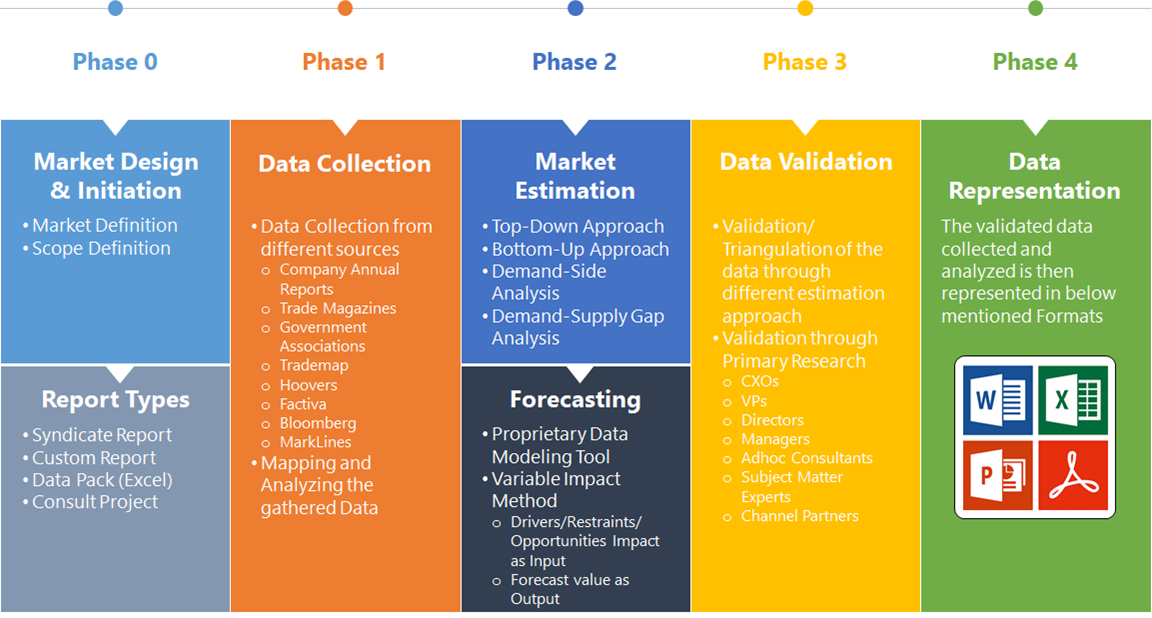Global Wireless Router Market Overview
The Global Wireless Router Market size accounted for USD 14.78 Billion in 2023 and is estimated to account for 15.85 Billion in 2024. The Market is expected to reach USD 24.88 Billion by 2034 growing at a compound annual growth rate (CAGR) of 9.20% from 2024 to 2034. The Global Wireless Router Market refers to the worldwide industry involved in the production, distribution, and sale of wireless routers. Wireless routers are networking devices that allow devices such as computers, smartphones, tablets, and other internet-enabled devices to connect to the internet or a local area network (LAN) without using cables.
The Global Wireless Router Market is expected to grow significantly as internet connectivity becomes increasingly essential for both personal and professional use worldwide.
Global Wireless Router Market Synopsis
 Global Wireless Router Market Dynamics
Global Wireless Router Market Dynamics
The major factors that have impacted the growth of Global Wireless Router Market are as follows:
Drivers:
Ø Remote Work and Digital Transformation
The rise of remote work and digital transformation in businesses, especially following the COVID-19 pandemic, has increased the demand for high-performance wireless routers that can support video conferencing, cloud services, and other bandwidth-intensive applications. The adoption of Wi-Fi 6 and Wi-Fi 6E technologies, which offer better speed, performance, and coverage, is driving upgrades and replacement cycles in both the residential and commercial sectors. As more people rely on wireless devices like smartphones, laptops, and tablets, there is a growing need for efficient wireless routers that provide stable, high-speed connectivity.
Restraint:
- Perception of High Initial Costs for Advanced Routers and Technological Fragmentation
While basic routers are affordable, high-performance routers with advanced features (e.g., Wi-Fi 6, mesh networking, or enhanced security protocols) can be expensive, limiting adoption in cost-sensitive regions or among consumers with lower disposable income. The availability of various wireless standards (e.g., Wi-Fi 5, Wi-Fi 6, Wi-Fi 6E, mesh networks) can confuse consumers and businesses. This fragmentation makes it harder for users to decide which technology best suits their needs, leading to slower adoption of newer technologies.
Opportunity:
⮚ Rise of Smart Homes and IoT Integration
The growing popularity of smart homes and IoT devices presents a massive opportunity for wireless router manufacturers. Routers that can efficiently manage multiple connected devices, offer seamless integration, and provide high-speed connectivity are in demand. This trend is expected to drive demand for routers with advanced features like mesh networking and better security. The shift toward remote work, online education, and home-based businesses has increased the demand for high-performance wireless routers. Routers with capabilities to handle video conferencing, cloud storage, and large file transfers are becoming essential for households and businesses. This trend is expected to continue, creating sustained demand for high-end routers.
Global Wireless Router Market Segment Overview
By Standard
 Based on Standard, the market is segmented based on 802.11b, 802.11g, 802.11n, 802.11AC, and 802.11AX. The 802.11n segment is anticipated to account for the large market share because of the high speed of 600 Mbps that it provides for data transfer. Furthermore, MIMO antennas are used which allows these devices to send data across different channels. Also these days almost all laptops and tablets come with the 802.11n Wi-Fi standard, so an 802.11n router is great when you want to connect a few devices together.
Based on Standard, the market is segmented based on 802.11b, 802.11g, 802.11n, 802.11AC, and 802.11AX. The 802.11n segment is anticipated to account for the large market share because of the high speed of 600 Mbps that it provides for data transfer. Furthermore, MIMO antennas are used which allows these devices to send data across different channels. Also these days almost all laptops and tablets come with the 802.11n Wi-Fi standard, so an 802.11n router is great when you want to connect a few devices together.
By Product Type
Based on Product Type, the market segment has been divided into Single Band, Dual band and Tri-Band. The single band routers operate on 2.4GHz which is the lowest frequency band, whereas the dual-band router operates on both 2.4GHz and 5GHz. The tri-band router supports channels from 5GHz to 5.8GHZ. Most people use channels between 2.4 GHz – and 5GHz which is why dual-band wireless routers are preferred over other types of routers.
By Application
Based on Application, the market segment has been divided into Household, Commercial, Enterprise and Transportation. The Household segment is expected to hold the largest market share due to an increasing lifestyle dependency on devices capable of connecting to the internet. Local schools are using remote learning more and this has caused an increase in demand for high-speed internet providers. Further, with most parents out at work, there has been a sharp rise in usage. Households are now largely becoming smart homes that require the internet for multiple functions. The rise of smart TVs, and speakers, such as Amazon Echo and Google Home, has resulted in increased growth of the Wireless router market.
By End-Use
Based on End-Use, the market segment has been divided into Indoor and Outdoor. The Indoor Segment is expected to hold the largest market share due to widespread high-speed internet connection in every house and office, as well as the adoption of many other connected devices with higher capabilities that allow for machine-to-machine communication. These include video surveillance and healthcare monitoring.
Global Wireless Router Market Regional Analysis
Based on region, the Global Wireless Router Market has been divided into North America, Europe, Asia-Pacific, the Middle East & Africa, and Latin America. North America is projected to dominate the use of the Global Wireless Router Market followed by the Asia-Pacific and Europe regions.
 Global Wireless Router North America Market
Global Wireless Router North America Market
North America holds a dominant position in the Global Wireless Router Market. North America, particularly the United States and Canada, is a mature market with a high penetration of internet services and advanced networking technologies and increased remote work and online activities, driving the need for high-performance routers. The region has a mature market with strong adoption of wireless technology. The United States and Canada are major contributors to the market.
Global Wireless Router Asia-Pacific Market
The Asia-Pacific region has indeed emerged as the fastest-growing market for the Global Wireless Router Market industry. The Asia-Pacific region is the fastest-growing market for wireless routers, driven by increasing internet penetration and urbanization. Rapid adoption of mobile internet and smart devices and expanding middle class and rising disposable income and this region is experiencing rapid growth in the wireless router market, fueled by increasing urbanization, rising disposable incomes, and a growing number of internet users. China, India, and Japan are key markets in this region.
Competitive Landscape
The Global Wireless Router Market is highly competitive, with numerous players offering a wide range of software solutions. The competitive landscape is characterized by the presence of established companies, as well as emerging startups and niche players. To increase their market position and attract a wide consumer base, the businesses are employing various strategies, such as product launches, and strategic alliances.
Prominent Players:
- Cisco Systems, Inc
- Shenzhen Tenda Technology Co. Ltd
- TP-Link Technologies Co. Ltd
- Belkin International Inc
- D-Link Corporation
- Edimax Technology Co. Ltd
- Huawei Technologies Co. Ltd
- Netgear Inc
- Xiaomi
- ASUSTeK Computer Inc
Scope of the Report
Global Wireless Router Market, by Standard
- 11b
- 11g
- 11n
- 11AC
- 11AX
Global Wireless Router Market, by Product Type
- Single Band
- Dual Band
- Tri-Band
Global Wireless Router Market, by Application
- Household
- Commercial
- Enterprise
- Transportation
Global Wireless Router Market, by End-Use
- Indoor
- Outdoor
Global Wireless Router Market, by Region
- North America
- US
- Canada
- Mexico
- Europe
- UK
- Germany
- France
- Italy
- Spain
- Benelux
- Nordic
- Rest of Europe
- Asia Pacific
- China
- Japan
- South Korea
- Indonesia
- Austalia
- Malaysia
- India
- Rest of Asia Pacific
- South America
- Brazil
- Argentina
- Rest of South America
- Middle East & Africa
- Saudi Arabia
- UAE
- Egypt
- South Africa
- Rest of Middle East & Africa
| Parameters | Indicators |
|---|---|
| Market Size | 2033: $24.88 Billion |
| CAGR | 9.20% CAGR (2023-2033) |
| Base year | 2022 |
| Forecast Period | 2023-2033 |
| Historical Data | 2021 |
| Report Coverage | Revenue Forecast, Competitive Landscape, Growth Factors, and Trends |
| Key Segmentations | Standard, Product Type, Application, End-Use |
| Geographies Covered | North America, Europe, Asia-Pacific, Latin America, Middle East, Africa |
| Key Vendors | Cisco Systems Inc, Shenzhen Tenda Technology Co. Ltd, TP-Link Technologies Co. Ltd, Belkin International, Inc, D-Link Corporation, Edimax Technology Co. Ltd, Huawei Technologies Co. Ltd, Netgear Inc, Xiaomi and ASUSTeK Computer Inc. |
| Key Market Opportunities | • Rise of Smart Homes and IoT Integration • Remote Work and Online Learning Trends |
| Key Market Drivers | • Remote Work and Digital Transformation • Advancements in Wi-Fi Technology |
REPORT CONTENT BRIEF:
- High-level analysis of the current and future Global Wireless Router Market trends and opportunities
- Detailed analysis of current market drivers, restraining factors, and opportunities in the future
- Global Wireless Router Market historical market size for the year 2021, and forecast from 2023 to 2033
- Global Wireless Router Market share analysis at each product level
- Competitor analysis with detailed insight into its product segment, Government & Defense strength, and strategies adopted.
- Identifies key strategies adopted including product launches and developments, mergers and acquisitions, joint ventures, collaborations, and partnerships as well as funding taken and investment done, among others.
- To identify and understand the various factors involved in the Global Wireless Router Market affected by the pandemic
- To provide a detailed insight into the major companies operating in the market. The profiling will include the Government & Defense health of the company’s past 2-3 years with segmental and regional revenue breakup, product offering, recent developments, SWOT analysis, and key strategies.








